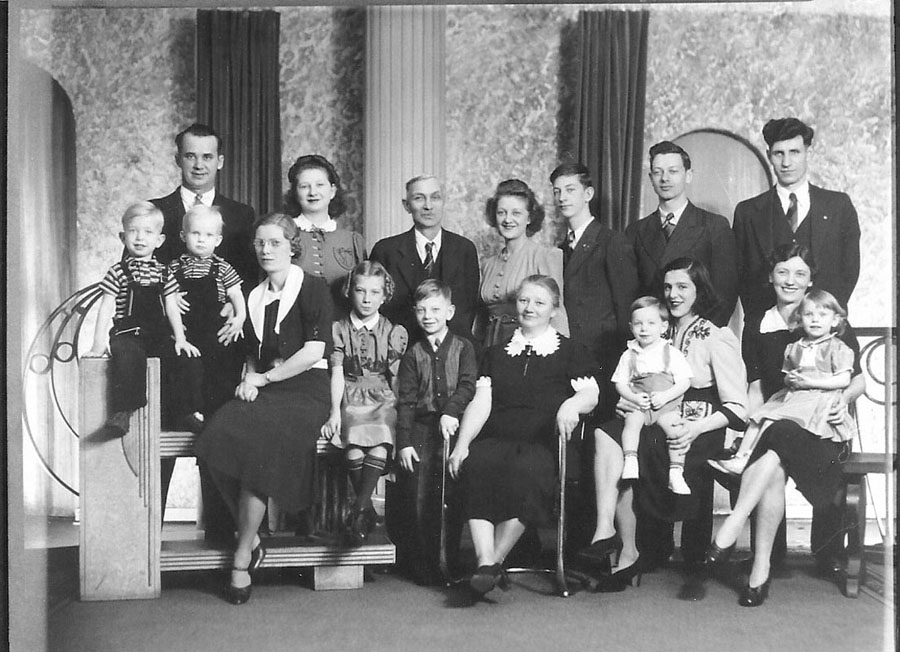 On October 3, 1917, Henry Batke became a British citizen of the Dominion of Canada. It is very likely Henry had to go to Swift Current to collect his Certificate of Naturalization.
On October 3, 1917, Henry Batke became a British citizen of the Dominion of Canada. It is very likely Henry had to go to Swift Current to collect his Certificate of Naturalization.There is a curious line in this document:
"This is therefore to certify to all whom it may concern that, under and by virtue of the said Act Henry Batke has become naturalized as a British subject, and is, within Canada, entitled to all political and other rights, powers and privileges and subject to all obligations to which a natural born British subject is entitled or subject within Canada with this qualification, that he shall not when within the limits of the foreign State of which he was a subject previous to the date hereof, be deemed to be a British subject unless he has ceased to be a subject of that State, in pursuance of the laws thereof, or in pursuance of a treaty or convention to that effect."
So, Henry could, theoretically, still be a Russian subject if he returned Russia! Also, if I read this correctly, he was only a British subject in the Dominion of Canada, not in the other countries which formed Great Britain.
With Henry's naturalization final, he could now complete his patent for his homestead which he began on March 22, 1913.
Henry Batke, Certificate of Naturalization, File #7313, Family History Library, Salt Lake City, Utah, MF#2294910, (October 3,1917); Swift Current Judicial District, Saskatchewan, Canada.



